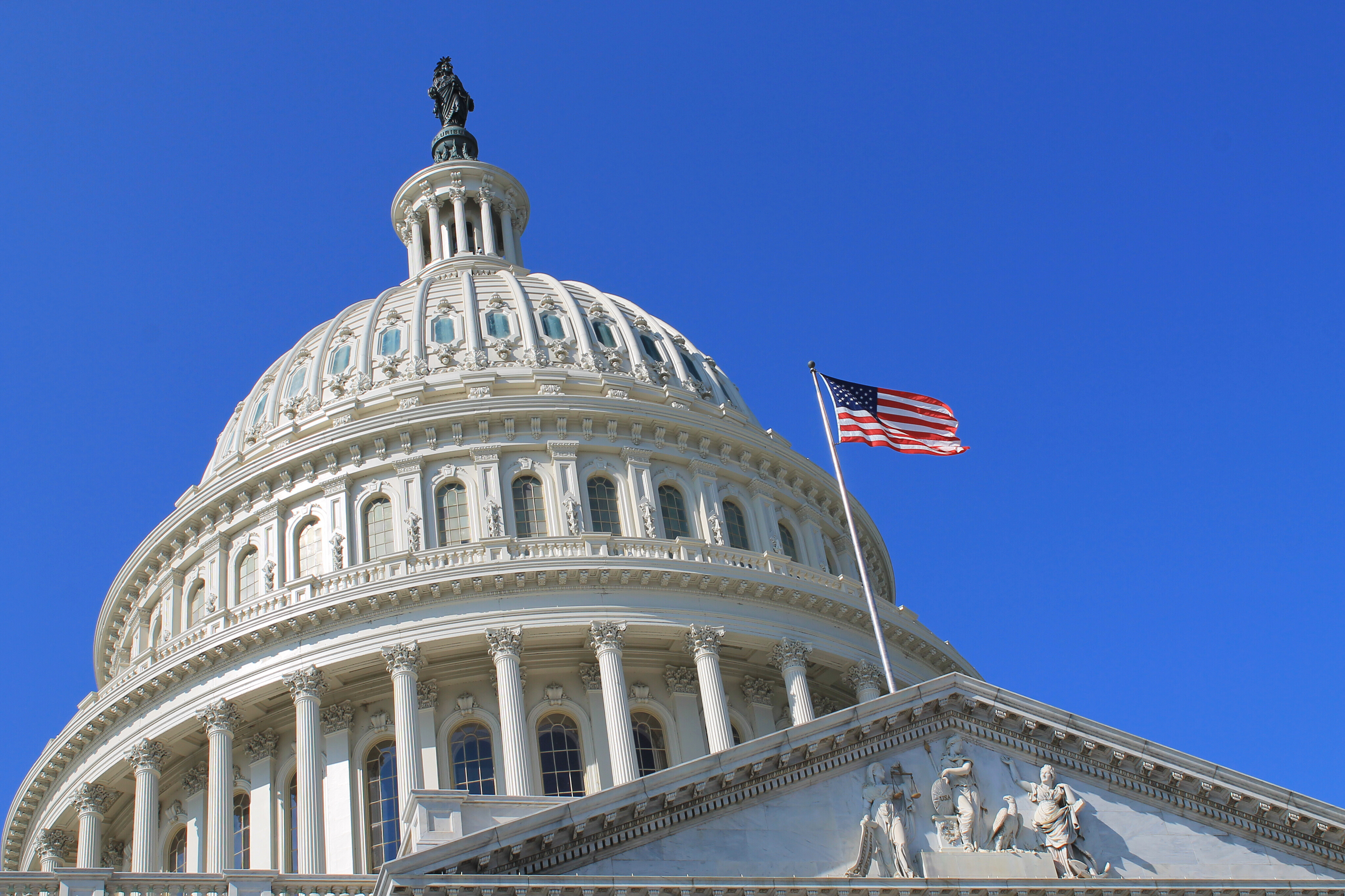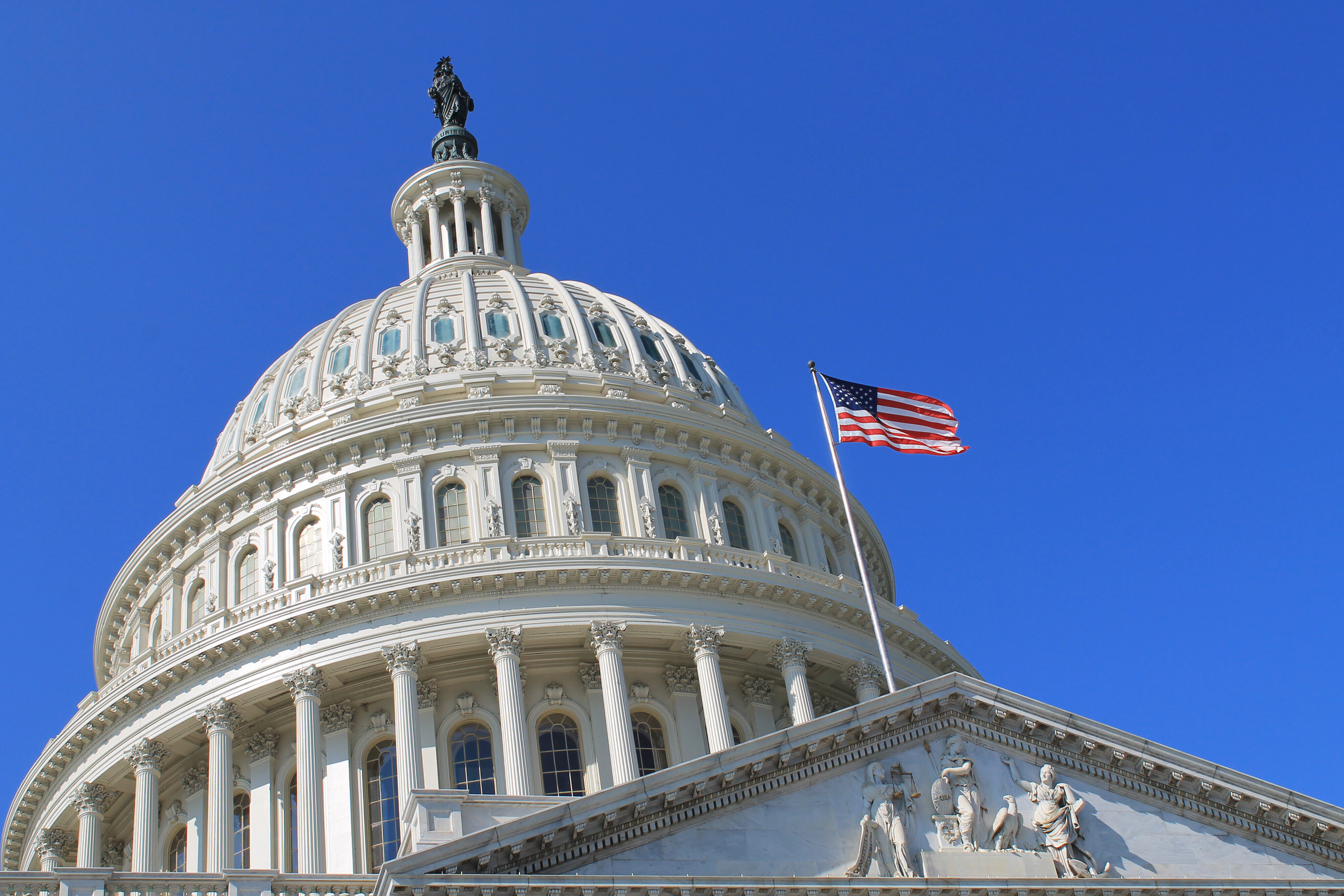CMS Proposes Largest Ever Cut, and Policy Updates, in 2026 Home Health Rule

On June 30, 2025, the Centers for Medicare & Medicaid Services (CMS) released the Calendar Year (CY) 2026 Home Health Prospective Payment System proposed rule.
For Calendar Year 2026 (CY26), CMS proposes to reduce payments to home health agencies (HHAs) by 6.4%, or $1.135 billion, which reflects the impact of a 2.4% increase in payments due to the statutorily-required annual payment update, a 3.7% reduction in payments due to a proposed budget neutrality permanent adjustment, a 4.6% reduction in payments due to a proposed budget neutrality temporary adjustment, and a 0.5% decrease in payments related to a proposed update to the Fixed-Dollar Loss (FDL) ratio.
For Vermont’s mostly small, rural agencies, these reductions raise serious concerns. The 2025 Medicare Trustees Report, cited in the rule, projects that nearly half of HHAs will post negative total margins by 2027 if current trends continue. In Vermont, every VNAs of Vermont member agency is currently facing an operating loss.
A cut of this magnitude may pose significant access issues to home health care across the country, including an outsized impact in rural areas like Vermont.
Furthermore, under the proposed rule, CMS retains the ability to claw back funds from prior years. If this occurs it will be devastating for home health providers like our member agencies in Vermont.
Wage Index Changes
CMS is proposing to update the wage index for CY 2026 using more current pre-floor, pre-reclassified hospital wage data. CMS also proposes to continue its 5% cap on any annual wage index decrease at the county level, to mitigate the impact in year-to-year changes, a policy finalized in the CY 2025 Home Health final rule. In that rule, CMS adopted revised Office of Management and Budget (OMB) delineations resulting in, among other things, several counties being assigned a different classification, from urban to rural and vice versa.
Quality reporting and value-based purchasing
The rule also includes updates to the Home Health Quality Reporting Program (HHQRP):
- Removal of the COVID-19 Vaccine: Percentage of Patients Who Are Up to Date Measure and the corresponding Outcome and Assessment Information Set (OASIS) data element.
- Removal of four assessment items in the standardized patient assessment: one Living Situation item, two Food items, and one Utilities item.
- A formal reconsideration process (with extensions for extraordinary circumstances) for agencies initially deemed non-compliant with HHQRP requirements, if they can demonstrate compliance.
The rule also updates the HHCAHPS survey, proposing to remove the Care of Patients, Communications between Providers and Patients, and Specific Care Issues items, while adding three OASIS-based measures related to bathing and dressing, and one claims-based measure (the Medicare Spending per Beneficiary for the Post-Acute Care setting measure). CMS is also proposing to alter the weights of individual measures and measure categories.
Updates to the Home Health Agency CoPs to Align with the OASIS All-Payer Submission Requirements
CMS proposes technical regulation text changes to the Home Health Conditions of Participation (CoP). These technical changes update terminology in the Home Health CoPs to further clarify that the requirement for reporting OASIS information applies to all HHA patients receiving skilled services.
Face-to-face (F2F) encounter
In rare positive news, CMS is also proposing to let any physician or non-physician practitioner, not just the certifying physician or non-physician practitioner, conduct the F2F encounter. This change could ease referral bottlenecks in rural areas where specialists often initiate home health orders, and VNAs of Vermont has previously advocated for this important flexibility alongside colleagues from other states and our national association.
What’s Next
With support from the Alliance for Care at Home, VNAs of Vermont plans to submit comments on the proposed rule, highlighting the rule’s impact on rural access. The Alliance for Care at Home is currently analyzing the proposed rule in further detail; VNAs of Vermont will share news and information with member agencies who may also wish to submit comments by August 29th.
Maintaining high quality home health and hospice services in Vermont’s rural landscape requires payment rates that recognize the realities of distance, low patient volume and a constrained workforce. While the CY 2026 proposed rule contains some constructive updates, particularly on F2F flexibility, it also introduces sizeable reductions that threaten the very access Vermonters rely on. VNAs of Vermont will continue to advocate for a final rule that balances fiscal stewardship with our association’s commitment to homebased care.
Medicare Advantage and Hospice
Congressman Schweikert (R-AZ) has introduced a bill, H.R. 3467, that, if passed and enacted, would put Medicare Advantage insurers in charge of authorizing, paying for, and managing hospice services.
Simply put, this bill is bad for Vermonters with Medicare, bad for hospice providers caring for Vermonters and their families during one of life’s most vulnerable times, and bad for the Medicare benefit nationally.
Medicare Advantage Organizations do not have the experience or operational structure to responsibly administer the Medicare hospice benefit.
The legislation also fails to put any patient protection provisions in place to ensure that patients in their final days receive care that is timely, compassionate, and free from unnecessary administrative barriers.
Hospice care is different from other services delivered by Medicare. It is a holistic, interdisciplinary model that addresses the medical, psychological, emotional, and spiritual needs of patients and families.
VNAs of Vermont has notified members of Vermont’s Congressional delegation about H.R. 3467 and will work with the Alliance for Care at Home to advocate for hospice to remain a carved-out benefit under Traditional Fee-For-Service Medicare.
All Vermonters deserve access to quality, compassionate hospice care at the end of life, if that is their choice. Hospice patients, their loved ones, and their caregivers, do not need a middleperson inserted between their end of life wishes and the care to which they are entitled.
Medicaid Provisions in Reconciliation Bill Threaten Home and Community-Based Services
The President has signed the Reconciliation Bill passed by Congress, the “One Big Beautiful Bill Act,” which contains concerning Medicaid provisions that threaten access to home and community-based services like Choices for Care at home delivered by Vermont home health and hospice agencies.
New work requirements and mandatory cost-sharing will also create administrative burdens for both providers and people with Medicaid. This will likely result in coverage losses or gaps in coverage. New limits on home equity for long-term care recipients could force some older adults to sell their homes leading to unnecessary institutionalization.
Home-based long-term care services deliver care to Vermonters in the least expensive setting: their homes. This saves Medicaid dollars, and reduces demand for nursing home beds, supporting capacity for when individuals cannot be cared for at home and require a facility-level of care.
The Medicaid provisions of the Reconciliation Bill will broadly impact long-term care recipients and providers. VNAs of Vermont will be working with state regulations and coalition partners to advocate for the critical services Vermonters deserve and depend on, and to encourage state officials to implement these requirements in a manner least disruptive to the long-term system of care that supports our Vermont communities.


